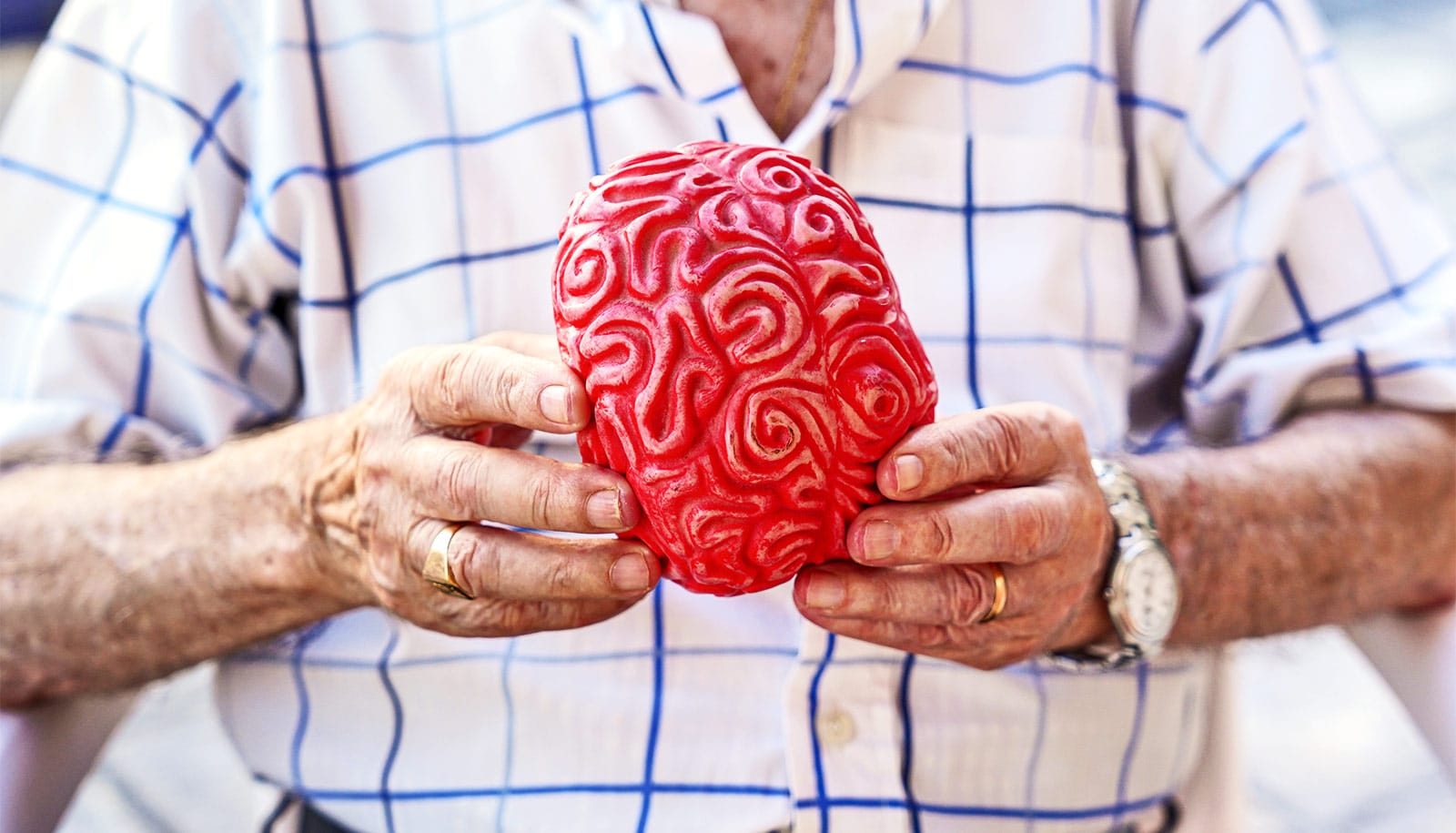A new system can consider a wide array of cellular and molecular factors in one comprehensive study to determine the functional age of cells.
The system could eventually help clinicians evaluate and recommend ways to delay some health effects of aging and potentially improve other treatments, including skin graft matching and predicting prospects for wound healing.
These researchers’ results show that the biophysical qualities of cells, such as cell movements and structural features, make better measures of functional age than other factors, including cell secretions and cell energy.
“It opens the door to finally be able to track how a person is doing at the cellular level…”
The team of engineers and clinicians examined dermal cells from just underneath the surface of the skin taken from both males and females between the ages of 2 to 96 years.
The researchers hoped to devise a system that through computational analysis could take the measure of various factors of cellular and molecular functions. From that information, they hoped to determine the biological age of individuals more accurately using their cells, in contrast to previous studies, which makes use of gross physiology, or examining cellular mechanisms such as DNA methylation.
“We combined some classic biomolecular hallmarks of aging, and sought to further elucidate the role of biophysical properties of aging cells all in one study,” says Jude M. Phillip, the lead author of the study, who conducted this research while completing his doctorate in chemical and biomolecular engineering at Johns Hopkins University.
Researchers trying to understand aging have up to now focused on factors such as tissue and organ function and on molecular-level studies of genetics and epigenetics, meaning heritable traits that are not traced to DNA. However, the level in between, the cells, have received relatively little attention, the researchers write.
This research was meant to correct for that omission by considering also the biophysical attributes of cells, including such factors as the cells’ ability to move, maintain flexibility, and structure.
This focus emerges from the understanding that changes associated with aging at the physiological level such as diminished lung capacity, grip strength, and mean pressure in the arteries “tend to be secondary to changes in the cells themselves, thus advocating the value of cell-based technologies to assess biological age,” the research team write.
For example, older cells are more rigid and do not move as well as younger cells, which most likely contributes to the slower wound healing commonly seen in older people, says Denis Wirtz, senior author of the study, vice provost for research, and a professor of chemical and biomolecular engineering at the Whiting School of Engineering.
Healthy stem cells may keep aging muscles young
From the analysis, they were able to stratify individuals’ samples into three groups: those whose cells roughly reflected their chronological age, those whose cells were functionally older, and those whose cells were functionally younger. The results also showed that the so-called biophysical factors of cells determined a more accurate measure of age relative to biomolecular factors such as cell secretions, cell energy, and the organization of DNA.
Phillip explains that this better accuracy from the biophysical factors most likely results from the orchestration of many biomolecular factors. He compared it to the more complete picture you get looking at a forest from a distance without binoculars.
“With binoculars you can see details about the individual trees, the color and shapes of the leaves, the roughness of the bark, the type of tree, but without the binoculars you can now see the density of the trees, and whether there is a barren plot, or a group, or dying trees,” Phillip says. “This is something you may miss with the binoculars, unless you are looking at the correct spot”.
The more accurate system could eventually enable clinicians to see aging in the cells before the person experiences age-related health decline. This in turn could allow doctors to recommend treatments or changes in life habits, such as exercise or diet changes, says Wirtz.
Phillip says the work could potentially help clinicians produce more successful skin grafts by matching cell characteristics of the donor and the graft site. Other potential applications range from toxicology screening for cosmetics and topical therapeutics, to predicting progression of some age-related diseases.
26 markers in your blood tell how well you’re aging
The researchers acknowledge that the system needs further testing with a larger cell sample, but the results are robust and encouraging.
“It opens the door to finally be able to track how a person is doing at the cellular level,” says Wirtz.
“This platform is also more than just a cellular age predictor, it has the ability to do so much more in terms of assessing an individual’s cellular health,” says Phillip.
The study appears in the journal Nature Biomedical Engineering. National Institutes of Health grants supported this project.
Source: Johns Hopkins University



